- Overview of Rural Development (Marks 06, Hours 04)
1.1 Rural Development: Need, Definition, Objectives
- Rural Development as a Phenomenon
- Rural Development as a Strategy
1.2 Significance of Rural Development
- Social Significance – Rural Problems, Social Change, Resource Utilization, Infrastructure etc.
- Economic Significance – National Income, Employment, Food and Fodder, Industrial Development, Internal Trade and Transport, Capital Formation etc.
- Political Significance – Political Stability
1.3 Rural Development Environment
- Panchayat Raj Institution
- CAPART (Council for Advancement of People’s Action and Rural Technology) – Organizational Set-Up, Purposes, Objectives, Activities.
1.4 Socio-Economic Survey
1.5 Role of Civil Engineer in Rural Development
- Water Resource Management and Sanitation (Marks 16, Hours 10)
2.1 Water Shed Management Structure (K. T. Weir, Gabian Structure, Cement Plug, Contour Bunding, Farm Pond, Underground Bandhara) : Uses, Importance, Advantages and Disadvantages
2.2 Rain Water Harvesting and Recharging of Sources
2.3 Irrigation System – Purpose and Type
2.4 Layout and Component Parts of Drip Irrigation, Sprinkler Irrigation and Lift Irrigation
2.5 Design/Parameter for Laying Drip, Sprinkler and Lift Irrigation System
2.6 Rural Water Supply – Sources, Low Cost and Low Technique Treatment, Protection of Bore Hole.
2.7 Rural Sanitation – Low Cost W. C., Readymade Toilet, Soak Pit, Techniques for Constructing W. C. requiring less Quantity of Water.
- Rural Roads, Housing and Energy (Marks 20, Hours 12)
3.1 Indira Awas Yojana – Salient Features, Beneficiary People, Conversion of Unservicable Houses into Pucca/Semi-Pucca Houses
3.2 Credit-cum-Subsidy Scheme of Rural Housing – Salient Features, Share of Central and State Government
3.3 Rural Building Centers – Purpose, Technology Transfer, Skill Development, Training, Eco-friendly Materials
3.4 Pradhan Mantri Gram Sadak Yojna (PMGSY) – Key Elements, Concept of Rural Road Connectivity.
3.5 Low Cost Housing – Principles, Purposes, Use of Local Material for Construction
3.6 Rural Roads – Type, Specifications, Construction Techniques and Road Drainage
3.7 Biomass – Types of Fuel such as Firewood, Agricultural Residues, Dung Cakes
3.8 Renewable Energy and Integrated Rural Energy Programme – Objectives, Key Elements, Implementation, Financial Provisions, Sources of Renewable energy
3.9 Working of Gobar Gas and Biogas Plant, National Project on Biogas Development – Technology, Performance and Implementation, Financial Assistance, Involvement of Panchayat and Local Bodies
- Rural Industry and Finance (Marks 10, Hours 08)
4.1 Cottage Industry – Brick Manufacturing. Concrete Hollow Block, Artificial Sand, Stone Crushing Plant.
4.2 Agro Based Industry – Dairy, Animal Husbandry, Horticulture, Sericulture and Fishery
4.3 Sources of Funds for Rural Development
- Domestic (Institutional and Non-institutional)
- Foreign (Institutional and Non-institutional)
- Government Policies Pertaining to Rural Development (Marks 08, Hours 06)
5.1 Central and State Government Scheme
5.1.1 Prime Minister Rural
5.1.2 Development Fellows Scheme
5.1.3 National Rural Employment
5.1.4 Guarantee Act, 2005, NREGA
5.1.5 Swaranjayanti Gram Swarozgar Yojana (SGSY)
5.1.6 The Sampoorna Grameen Rozgar Yojana
5.1.7 Deen Dayal Upadhyaya
5.1.8 Grameen Kaushalya Yojana
- Planning for Rural Development (Marks 10, Hours 08)
6.1 Plan and Planning for Rural Development
6.2 Levels and Functions of Planning
6.3.1 Micro-level Planning
6.3.2 Meso-level Planning
6.3.3 Macro-level Planning
6.3 Decentralization Policy of Planning
6.4 Block and District Level Planning


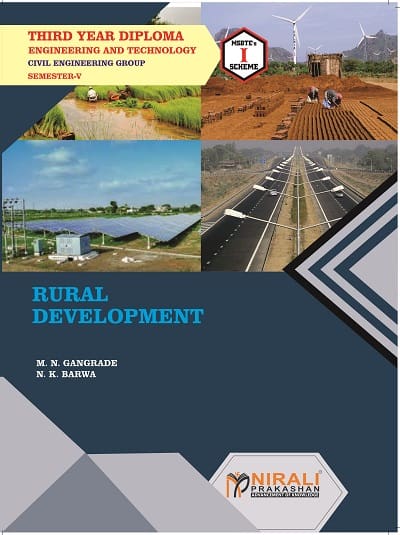
 Zoom
Zoom

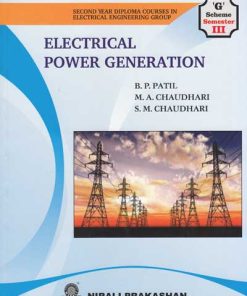
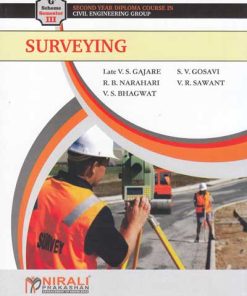
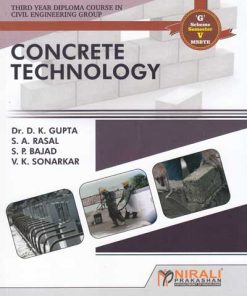
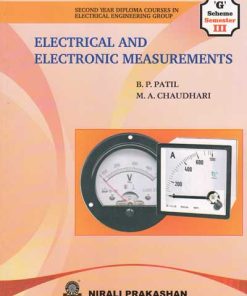
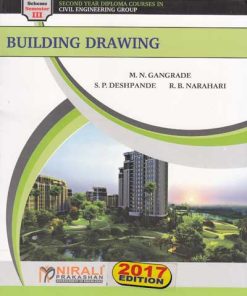
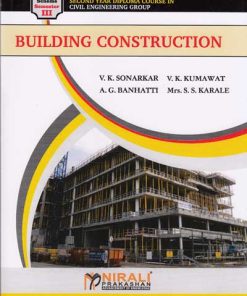
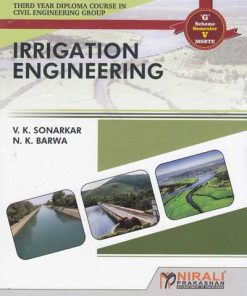
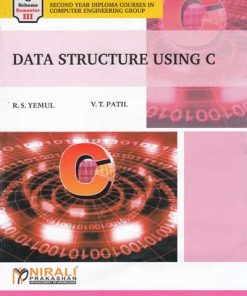


Reviews
There are no reviews yet.